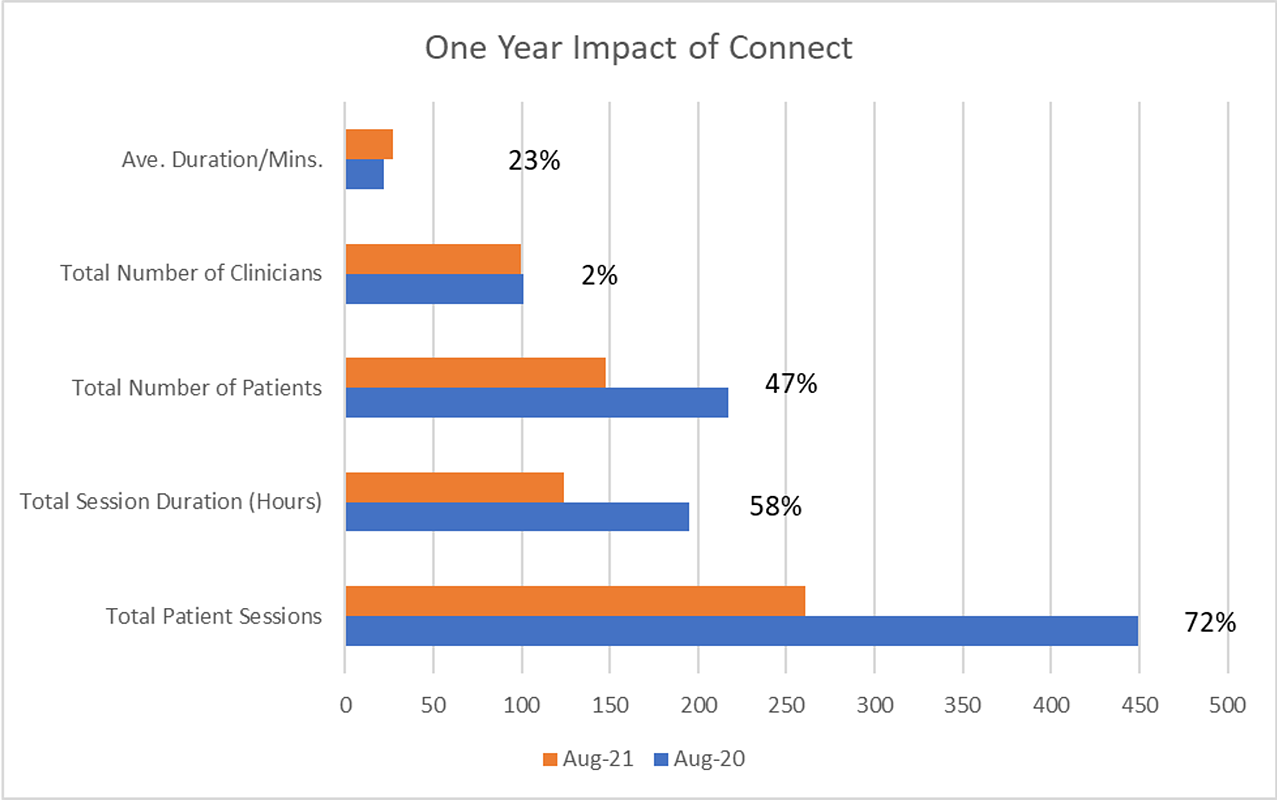InMotion® Connect Pulse for Administrators and Managers
Cloud-connected Data Analytics at your Fingertips!
InMotion Connect makes it easy to know the level at which therapists are using InMotion technology. Multiple metrics are used to track your facility’s progress from initial through advanced adoption. The data is used to guide the clinical support plan for each clinic, changing the focus from “Are we using the robot?” to “How well are we improving Patient Outcomes?”
Reports from InMotion Connect Pulse:
- Evaluation and Therapy Logs
- Utilization Reports
- Robot Outcome Reports
Have a Question?
The First Internet of Things (IoT), Rehabilitation Robotics System!
BIONIK created InMotion Therapy beginning with the MIT MANUS, the first robotic rehabilitation device. With the invention of InMotion Connect Pulse, the InMotion ARM and ARM/HAND are the first rehabilitation robotic systems to be utilized as Internet of Things (IoT) devices, enabling both threapists and managers to better focus on improving patient outcomes.
New Technology Adoption Requirements
- Education & Training
- Monitoring & Reporting
- Engagement & Feedback
- Coaching & Practice
One-year Impact of InMotion Connect
- Average Sessions Time: + 23%
- Quantity of Patients Treated: + 47%
- Therapy Session Duration: +58%
- Quantity of Patient Sessions: +72%
InMotion® Therapy: Extensive Evidence Base: 25+ years of Research and more than 150 Independent Peer-reviewed Publications
-
Adult and Pediatric patients (4 years and older)
-
Acute, subacute and chronic phases of recovery
-
Severe, moderate and mild levels of impairment
Advanced Technology: Powered by Robotic A.I.
- Senses the patient’s movement and responds to a patient’s continually-changing ability
- Robots guide the exercise treatment accordingly
- If the patient is unable to move, the robot gently assists the patient to initiate movement towards the target
- If coordination is a problem, the robot “guides” the movement, allowing the patient to move towards the target and making certain that the patient is practicing the movement
the correct way - As the patient gains movement control, the robot provides less assistance and continually challenges the patient
- Provides quantifiable feedback on progress and performance






